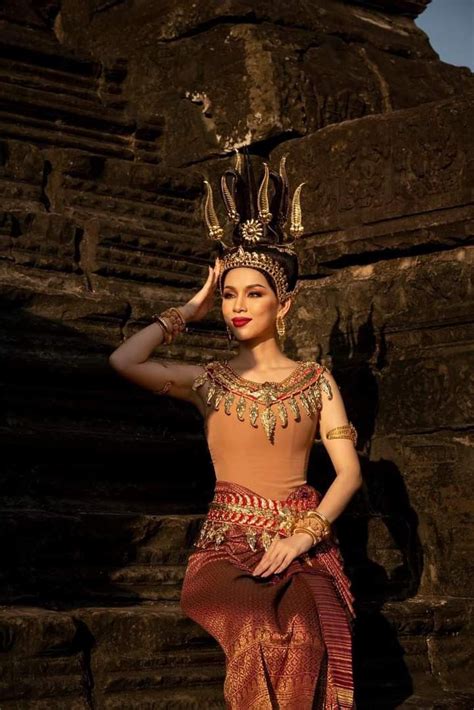How Women in the Angkor Era Contributed to Culture and Academics
The Angkorian era, a period of remarkable Khmer civilization flourishing from the 9th to the 15th centuries, is often depicted through the lens of powerful kings and grand temples. However, a more nuanced understanding reveals the significant, albeit often overlooked, contributions of women to Angkorian culture and academics. While historical records are limited and interpretations vary, emerging research sheds light on the diverse roles women played, challenging traditional narratives and highlighting their vital influence.
Beyond the Domestic Sphere: Unveiling Women's Roles
The common perception of women confined to domestic roles during this period is a significant oversimplification. Evidence suggests women held positions of power and influence far beyond the household. While the extent of their participation is still being uncovered, several key areas demonstrate their contributions:
1. Royal Consorts and Queens: Power Brokers and Patrons of the Arts
Royal women, particularly queens and princesses, occupied pivotal positions within the Angkorian court. They acted as patrons of the arts, commissioning sculptures, temples, and literary works. Their influence extended beyond mere patronage; their opinions and decisions likely shaped political landscapes and artistic trends. While specific documented instances are scarce, the sheer scale and artistry of Angkor Wat and other monumental constructions suggest significant royal female involvement in their planning and execution.
2. Religious Figures and Spiritual Leaders: Shaping Religious Practices
While male monks dominated Buddhist and Hindu monastic orders, women also played a crucial role in religious life. Evidence points towards the existence of female devotees, nuns, and potentially even female spiritual leaders, contributing significantly to the religious landscape of Angkor. Their devotion and participation in religious ceremonies maintained and propagated Angkor's vibrant spiritual ecosystem.
3. Artisans and Skilled Workers: Contributing to Artistic and Architectural Achievements
The intricate carvings, majestic temples, and stunning silks of the Angkorian era required the skill and dedication of countless artisans. While the names of individual women artisans remain largely unknown, their participation in crafting the breathtaking aesthetic of the Angkorian period is undeniable. They were likely involved in diverse crafts including weaving, pottery, sculpture, and metalwork, contributing to the cultural richness of the time.
4. Commerce and Trade: An Often-Overlooked Economic Influence
The bustling marketplaces and thriving trade networks of Angkor involved women in diverse economic roles. While the exact nature of their involvement needs further investigation, it's highly likely they were engaged in various aspects of commerce, from small-scale trading to managing businesses within the growing urban centers.
The Challenges of Historical Research: Limited Sources and Interpretations
Uncovering the contributions of Angkorian women presents significant challenges. Existing historical records, primarily inscriptions on temple walls and official chronicles, predominantly focus on the achievements of kings and male elites. Furthermore, the interpretation of these records is often biased towards a patriarchal perspective, potentially obscuring the roles and influence of women.
Future Research and Re-evaluating Angkorian History
Further research, employing interdisciplinary approaches and incorporating new methodologies like archaeological excavations and linguistic analysis, is crucial to a more comprehensive understanding of women's roles in the Angkorian era. By acknowledging the limitations of existing sources and critically evaluating historical narratives, scholars can build a more accurate and inclusive portrayal of this remarkable period in history, giving due credit to the women who shaped Angkorian culture and academics. This requires moving beyond simply documenting the roles of powerful women and delving into the lives of ordinary women, illuminating their everyday experiences and their vital contributions to society.
Keywords: Angkor, Angkorian era, Khmer Empire, women in history, women in Angkor, Angkorian women, female roles, Southeast Asia history, Cambodian history, ancient history, cultural history, religious history, art history, archaeology, historical research, gender studies.
